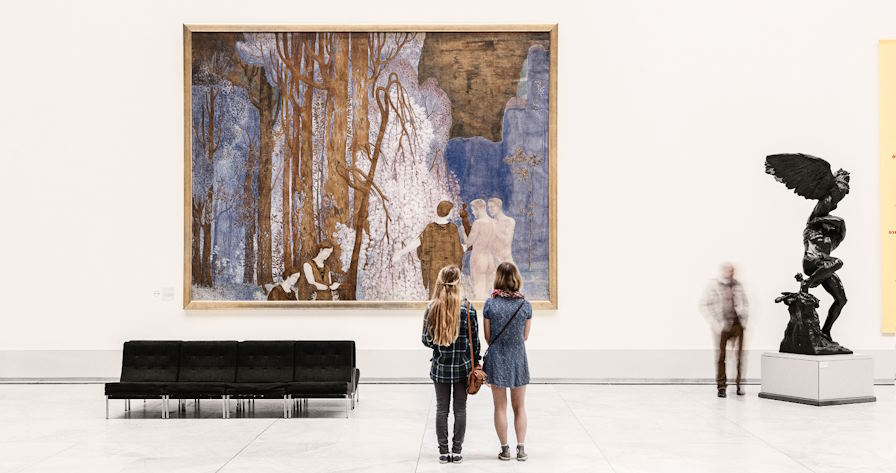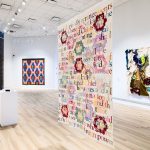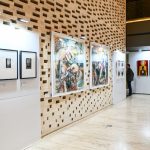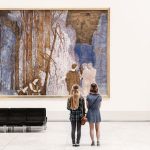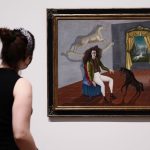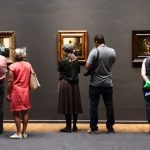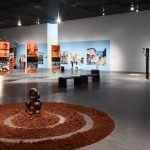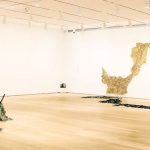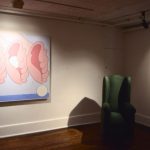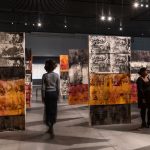The convergence of art exhibitions and cultural tourism initiatives represents a dynamic fusion of creativity, heritage, and commerce. As societies increasingly recognize the economic potential embedded within their cultural assets, there is a growing emphasis on leveraging art exhibitions as strategic tools for driving tourism and fostering economic prosperity. Through curated exhibitions, immersive experiences, and collaborative partnerships, art institutions and tourism authorities are reshaping destinations into vibrant cultural hubs that attract visitors from far and wide.
Art Exhibitions as Catalysts for Economic Development
Art exhibitions serve as powerful magnets, drawing visitors and tourists to destinations far and wide. These exhibitions act as focal points, attracting individuals who are not only interested in art but also seek cultural experiences. Whether it’s a renowned museum showcasing a collection of masterpieces or a pop-up gallery featuring emerging artists, art exhibitions offer something for everyone, enticing tourists to explore and engage with the local culture.
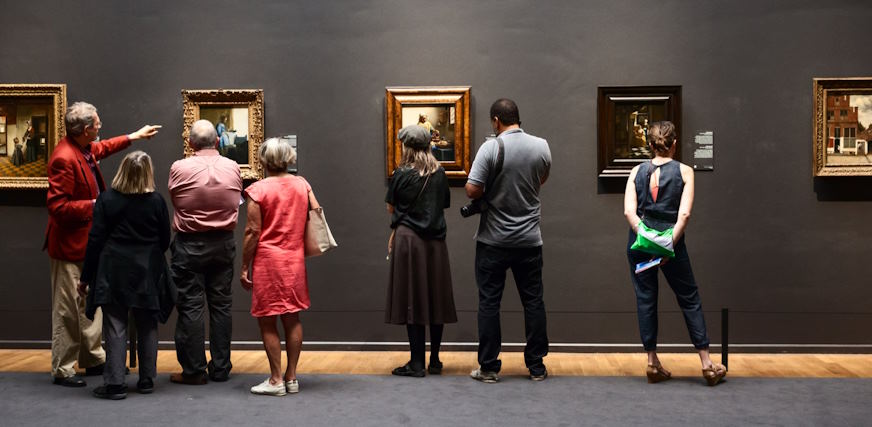
Beyond enriching cultural experiences, art exhibitions wield significant economic influence on local businesses and economies. The influx of visitors attending exhibitions stimulates spending in various sectors, including hospitality, retail, and dining. Hotels see increased bookings, restaurants enjoy higher foot traffic, and local artisans benefit from heightened demand for souvenirs and mementos. This economic ripple effect bolsters employment opportunities and generates revenue, injecting vitality into the local economy.
Several case studies underscore the transformative impact of art exhibitions on economic development. For instance, the Venice Biennale in Italy annually attracts millions of visitors, transforming Venice into a bustling cultural hub and boosting revenues for businesses across the city. Similarly, the Art Basel fair in Miami Beach catalyzes economic activity, with hotels, restaurants, and galleries experiencing a surge in business during the event. These successful exhibitions not only elevate the cultural profile of their respective destinations but also demonstrate the pivotal role of art in driving economic growth and prosperity.

Economic Impact Assessment
Assessing the economic impact of art exhibitions on tourism requires employing various methodologies tailored to capture the multifaceted contributions of these events. One common approach involves conducting visitor expenditure surveys, which gather data on spending patterns related to accommodations, dining, transportation, and shopping. Additionally, economic impact models such as input-output analysis and multiplier effects help quantify the ripple effects of art exhibitions on the local economy, estimating indirect and induced spending generated by visitor expenditures.
Quantitative data and analysis offer valuable insights into the economic benefits derived from art exhibitions. By analyzing visitor demographics, attendance figures, and spending behaviors, researchers can quantify the direct and indirect economic impacts of these events. For instance, studies may reveal the substantial revenue generated by ticket sales, merchandise purchases, and ancillary services, as well as the resulting job creation and tax revenues.

